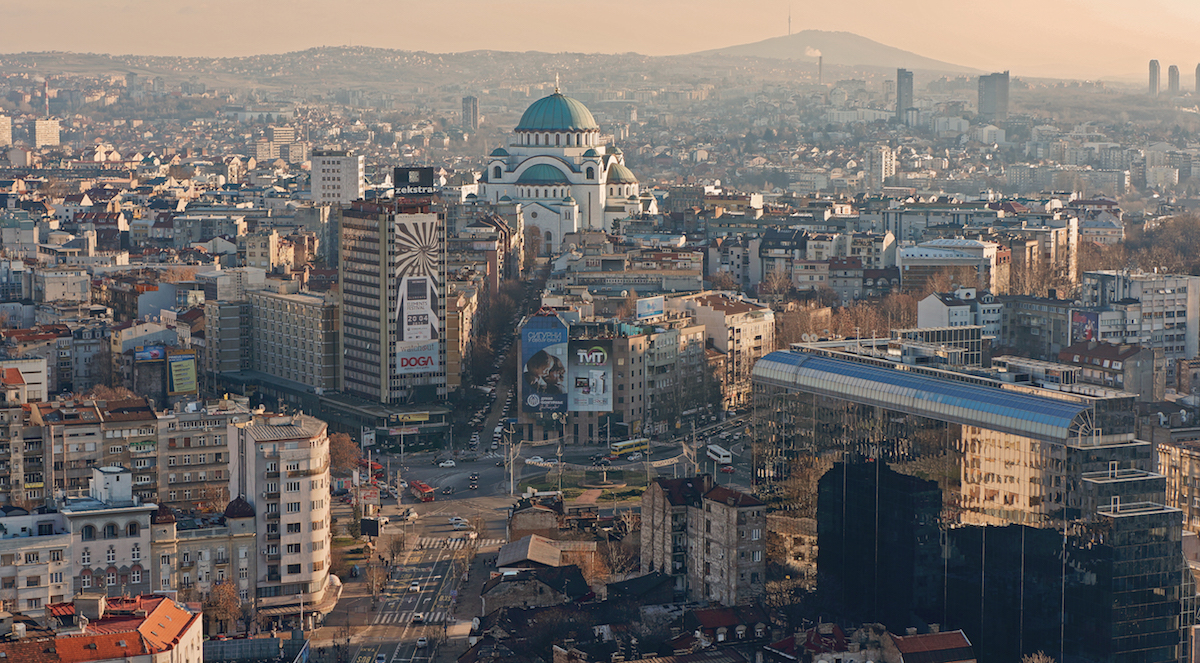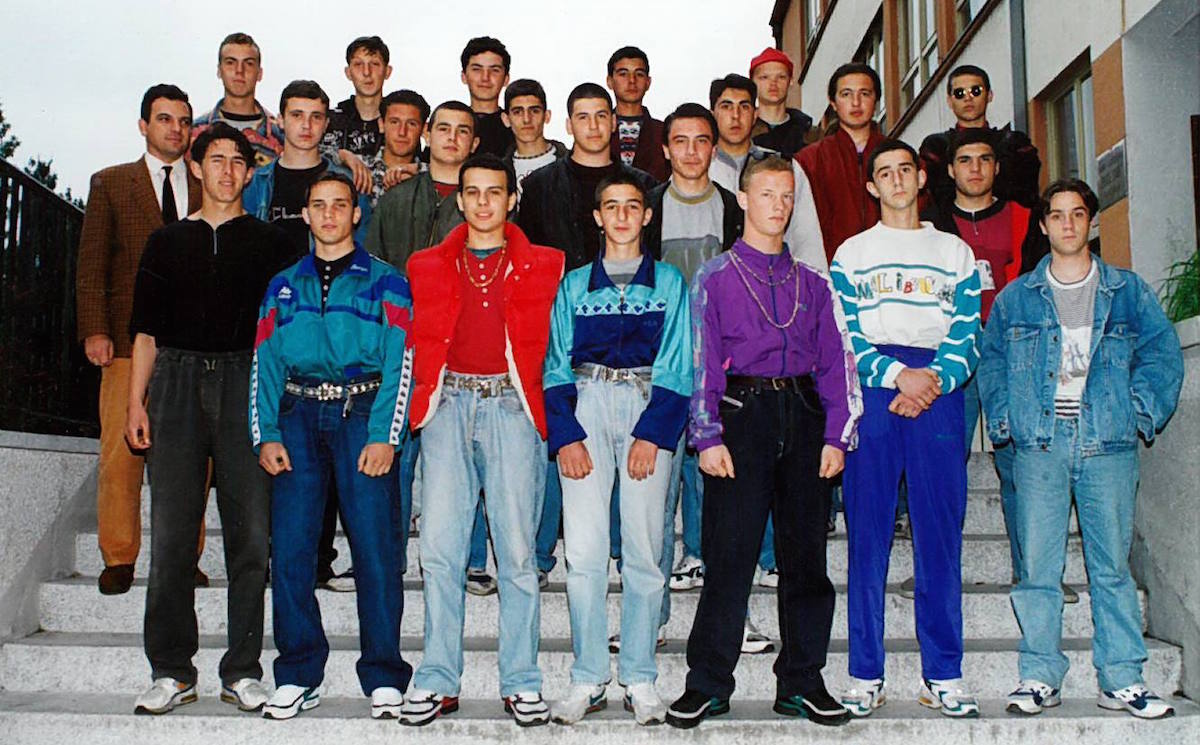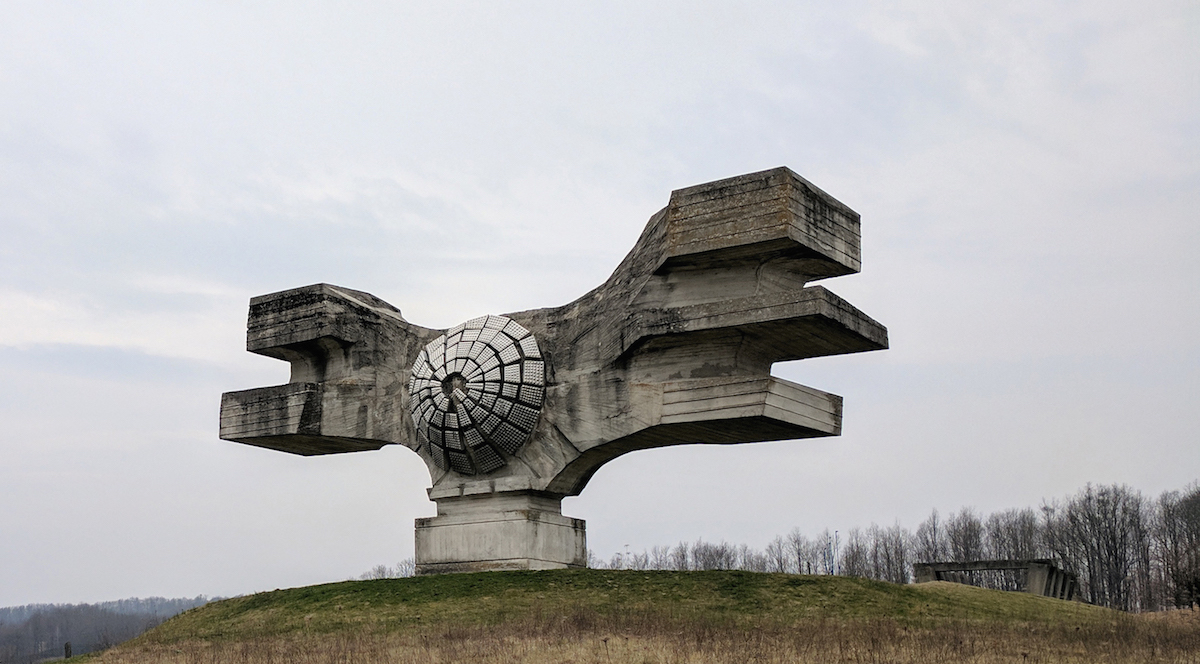After 25 years, can Serbian cinema finally help a nation learn the lessons of war?
Serbia has produced a raft of critically acclaimed films about the Yugoslav war and its aftermath. But in the face of official hostility, public intransigence, and international expectation, these arthouse hits have struggled to make a lasting impact. What will it take for the nation’s cinema to move on from the conflict — or for its audiences to start listening?
For almost 25 years, the Yugoslav wars have been the dominant theme in Serbian cinema. Emir Kusturica’s Palme d’Or-winning, anti-Tito parable Underground sparked the trend in 1995, and it has continued to the present day, with Ognjen Glavonić’s quietly powerful The Load, which debuted at Cannes last year, the latest high-profile example.
Casting a cursory glance at IMDb’s list of 40 Serbian films indicates that more than a third feature the war or its aftermath as a key component. On the festival circuit, this tendency is even more pronounced: Mirjana Karanović’s A Good Wife (2016), Srđan Golubović’s Circles (2013), Klopka (2007) and Absolute 100 (2001), Vladimir Perišić’s Ordinary People (2009), Kusturica’s Life is a Miracle (2004). At this point, almost every serious arthouse feature from Serbia is a work of social realism about war or postwar dysfunction. And the trend doesn’t stop at the border. Elsewhere in the region, Bosnian director Danis Tanović won an Oscar for No Man’s Land in 2001 and the Jury Grand Prix at the 2016 Berlin Film Festival for Death in Sarajevo while, in 2006, Bosnia’s Jasmila Žbanić’s Grbavica went one better in Berlin and took the festival’s highest honour, the Golden Bear. The High Sun (2015), by Croatian director Dalibor Matanić, made its debut at Cannes.
Each film reflects on the war in its own way, and the fact that Serbian society is still indelibly marked by the conflict means that even when the war itself is absent from the screen, it remains the subject. Srđan Dragojević’s Pretty Village, Pretty Flame (1996) offers a rather one-sided analysis of how Yugoslavia descended into ethnically-motivated bloodshed through the personal backstories of a group of Serb fighters in Bosnia. Flashback sequences reveal the disparate motivations and circumstances that led them to the frontline, reflecting Dragojević’s interpretation of the roots of the conflict. Conversely, Ivan Ikić’s Barbarians (2014), which is set in the present day, focuses in on a gang of delinquent youths living through the country’s postwar hangover and highlights the social decay that continues to scar Serbia in peacetime. The Load is based on real events, exploring themes of collective guilt and self-delusion through the story of a truck driver who shuttles corpses between Kosovo and a mass grave in suburban Belgrade, never asking questions or poking his nose in where he’s not supposed to. Glavonić’s fiction debut, which dramatises the events detailed in his earlier documentary Depth Two (2016), stands out for its understated but firm treatment of a horrendous war crime; it feels like the kind of film that might offer a new template for discussions of the conflict — if people are willing to listen.
There are many reasons for the prevalence of war films in Serbia, but according to Nikola Ljuca, director of Humidity (2016), a film that highlights the moral bankruptcy of the generation that deposed Milošević, the prominence of these themes represents an attempt to make sense of the past in a way that wasn’t possible in real time.
“Back in the 1990s, we endured incredible media censorship over here,” he tells me. “You’d see one set of images and one narrative on state TV, another on Bosnian or Croatian TV if you lived close enough to the border, and a third if you had satellite TV with the BBC or CNN. That’s many competing images, many different traumas, and it was really confusing. I think that we’re now trying to come to terms with those images, trying to make sense of them — which is really important for our collective understanding of those events and our ability to reconfigure everything that’s hiding in our subconscious.”
“People here still have a genuine need to deal with the past, because we still haven’t resolved everything or cleansed ourselves of it”
To an extent that far outstrips the West, recent history is very much grounds for open dispute in the Balkans. Each of the ex-Yugoslav republics has their own take on what happened in the 1990s, as well as who were the villains and victims of the period. For many, the Bosnian-Serb General Ratko Mladić is a war criminal; for others, he’s a hero. The same goes for his Croatian counterpart, Ante Gotovina — who just so happens to be the subject of a laudatory upcoming biopic. For Serbia’s arthouse directors, cinema offers an opportunity to try to influence a national media conversation that is dominated by chauvinists on TV and in the tabloid press.
“People here still have a genuine need to deal with the past, because we still haven’t resolved everything or cleansed ourselves of it,” says Nataša Damnjanović, a producer and editor whose credits include the documentary Yugoslavia: How Ideology Moved our Collective Body. “That’s why I think we’re still stuck in that period [politically] — because that moment of coming to terms with the past never actually happened.”
Serbia hardly offers a hopeful case study for those who believe in art’s ability to change society. Nearly a quarter-century has passed since the Srebrenica massacre, yet Serbian prime minister Ana Brnabić still refuses to describe it as an act of genocide. Slobodan Milošević might be dead and buried, but former ministers of his, like Aleksandar Vučić and Ivica Dačić, currently occupy the highest echelons of government. These figures hardly represent fringe views either: they occupy the middle ground of Serbian politics and reflect mainstream opinion. Rather than being horrified by the events of the 90s, the Serbian public largely considers itself a forgotten victim that suffered just as much as any other group during the breakup of Yugoslavia. People feel aggrieved rather than remorseful. With examples of tangible progress so scarce, is there any reason to still believe that film can be a transformative force in Serbia?
“I’d like to think that film has that capacity, although my belief is often shaken because people generally prefer to watch things that reinforce their opinions,” laments Damnjanović. “But I still think it’s essential to expose them to different viewpoints because that’s the only way that anything will change, little by little.”
According to Nikola Ljuca, it’s not the medium that’s the problem, but its application: “This is going to sound problematic, but we don’t have any good, commercial films about the war,” he says. “We need that, so they can reach a lot of people and start a conversation that will leave some sort of mark. Because in the domain of arthouse, those themes just become ghettoised and confined to ever-smaller audiences.”
He has a point. Although most of these films have attracted critical acclaim on the European festival circuit, domestically, their ripple doesn’t reach very far beyond the Belgrade intelligentsia. The rest of the country has largely switched off, meaning that cinematic attempts to nudge Serbs into pondering difficult question about the nation’s past are often fruitless. Ljuca points to Schindler’s List as an illustrative example of the kind of film that could potentially shake things up, but says that there’s little hope of ever financing such an endeavour.
Foreign bodies only seem interested in funding politically-charged films from the Balkans that reinforce western stereotypes about the region’s violent, uncompromising nature
Funding is a barely-discussed aspect of the filmmaking process that has an outsized influence on Serbian cinema. With the country’s hard-right government seemingly unwilling to bankroll any films that tackle difficult themes, Serbian filmmakers overwhelmingly rely on the assistance of global film funds. The Load, for example, only received domestic funding during post-production, and most of the films mentioned here would never have been realised without support from EU institutions like Eurimages and the Hubert Bals Fund. But these bodies only seem interested in funding politically-charged films from the Balkans that reinforce western stereotypes about the region’s violent, uncompromising nature. Perhaps ironically, European tastemakers and the Serbian right have combined to ensure that the war remains the region’s dominant cinematic spectacle.
“In Germany you have these so-called ‘Balkan [film] funds’, and it’s really clear which directors and which kind of stories usually make the cut there,” says Damnjanović. “So, either consciously or unconsciously, some filmmakers have an internal auto-suggestion that says: ‘OK, they want these kinds of stories.’ There’s this kind of creative ghettoisation that comes from the outside, based on what they expect from us in the Balkans and what we, in their opinion, are capable of creating.”
Ljuca agrees with this assessment but he also offers a much more benign take on EU film funds’ interest in the Yugoslav wars and their aftermath. He points out that “small countries with obscure languages are expected to deal with themes that are globally relevant, because why else would somebody go watch a Serbian film?” It’s a fair point — even arthouse isn’t entirely free from the influence of market forces. So how long does he expect these themes to dominate Serbian cinema? “Forever and ever,” he replies.
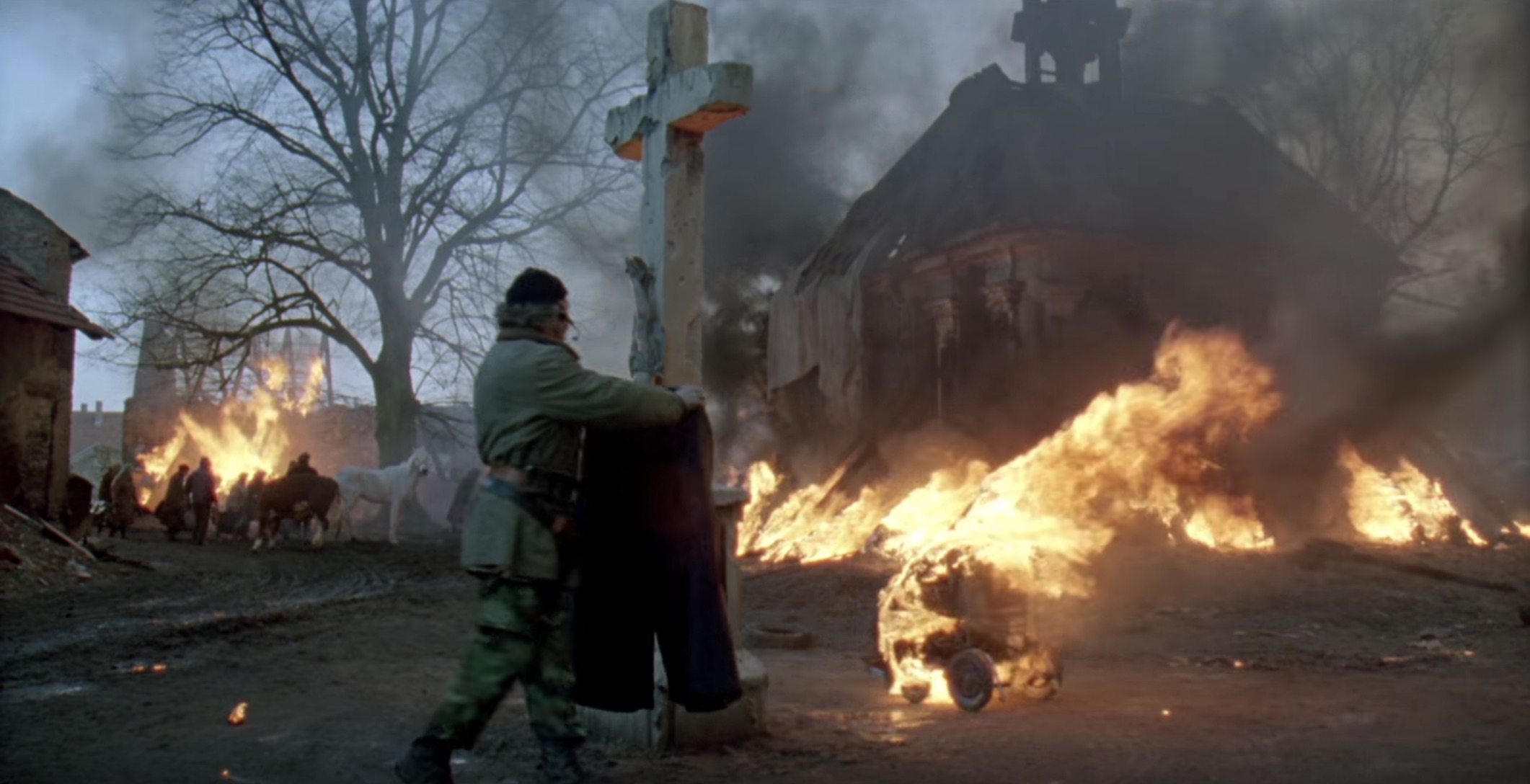
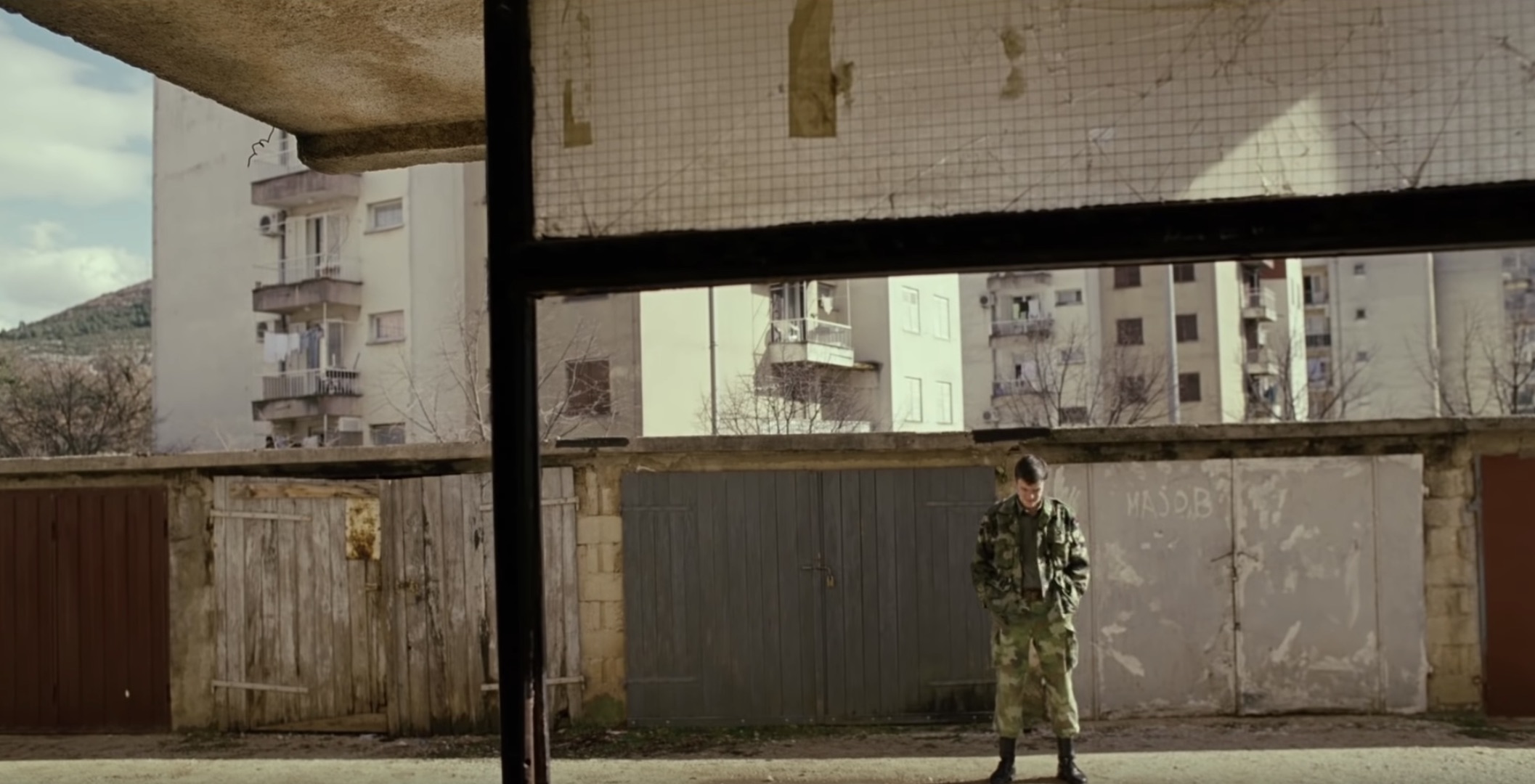
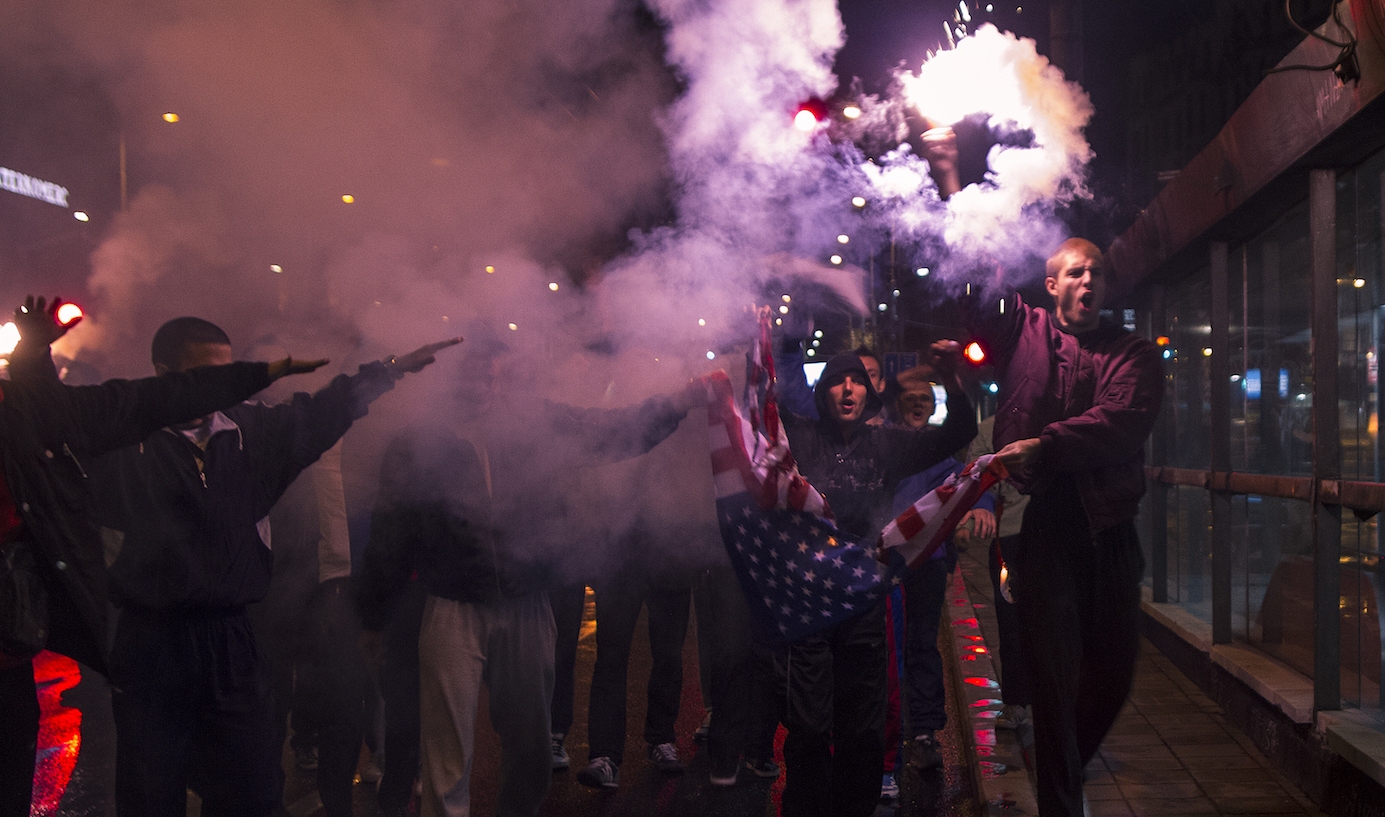
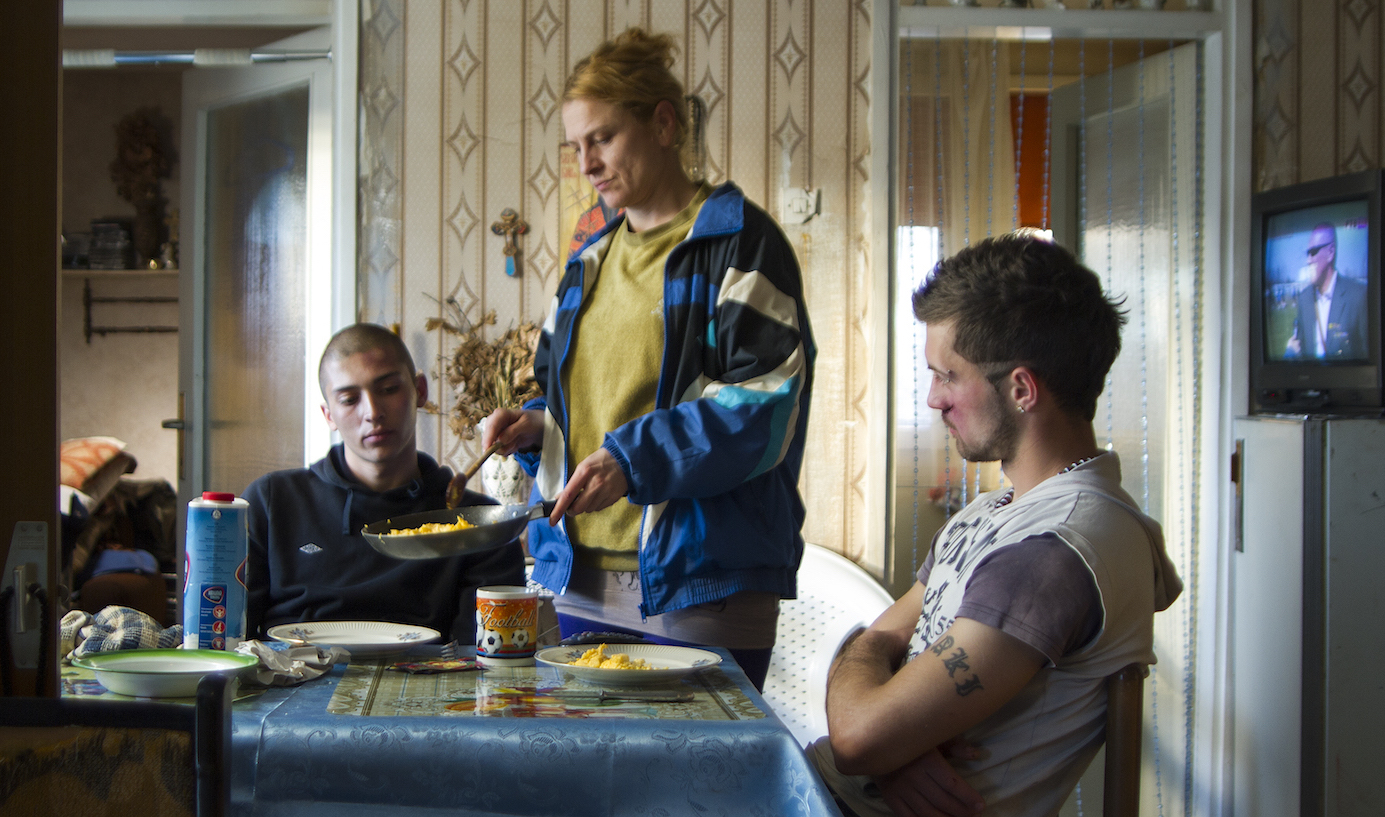
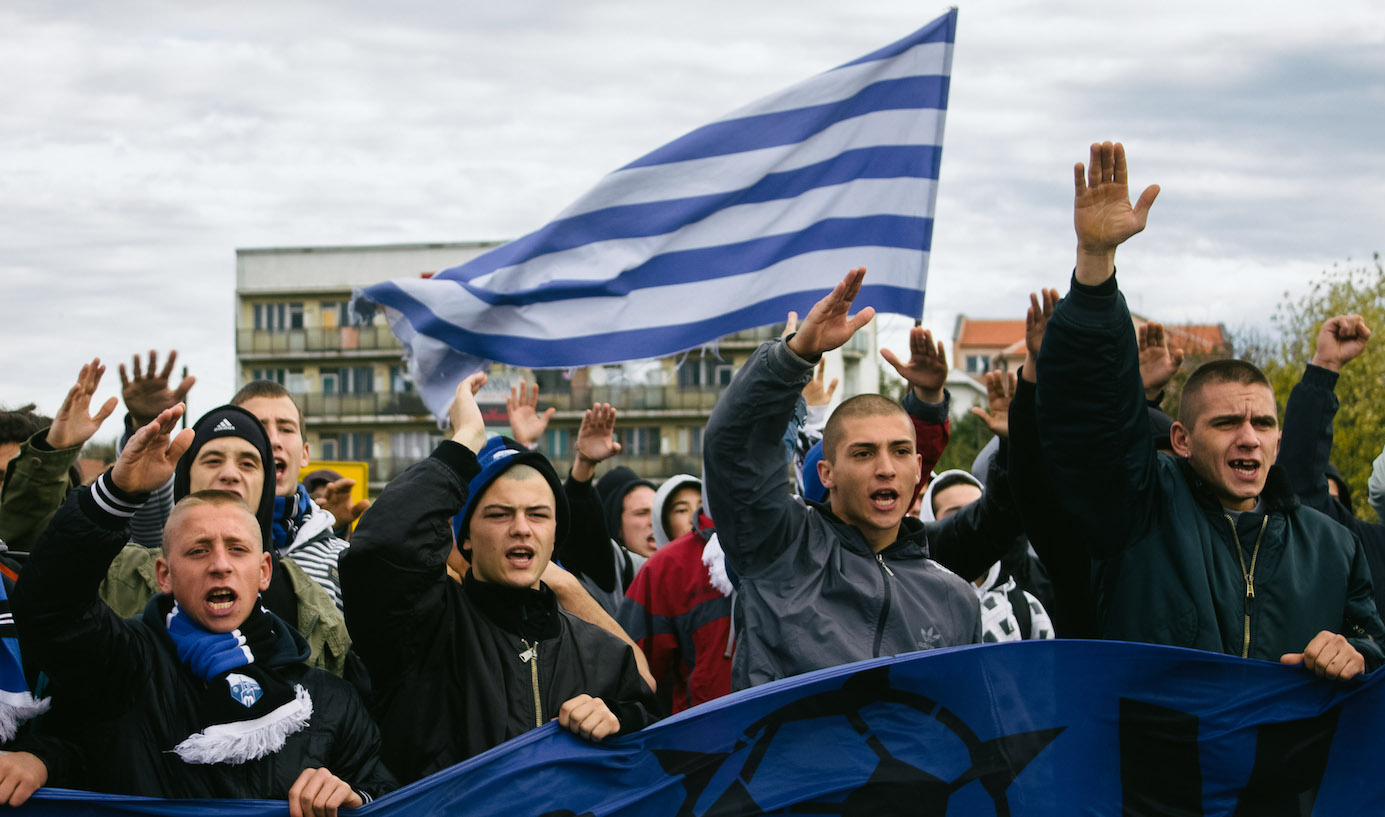
_Tatjana_Krstevski_NON-ALIGNED_FILMS.jpg)
_Tatjana_Krstevski_NON-ALIGNED_FILMS.jpg)
